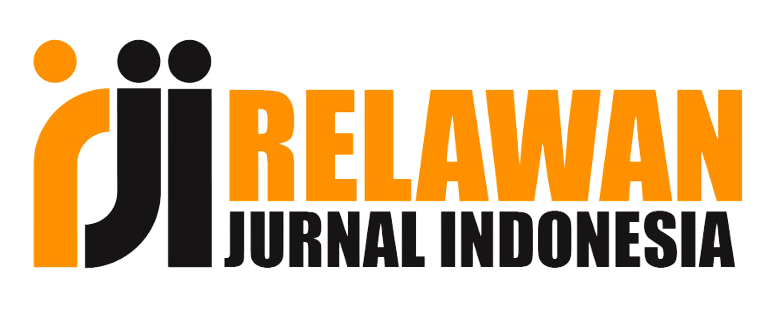UJI KONSENTRASI AIR KELAPA DAN DOSIS PUPUK KANDANG AYAM TERHADAP PERTUMBUHAN GARUT (Maranta arudinacea L.) DI DATARAN TINGGI
DOI:
https://doi.org/10.33061/innofarm.v22i2.4040Abstract
Research on coconut water concentration tests and chicken manure doses on arrowroot growth in the highlands was carried out in April - July 2020, located in Karangsari RT 01 RW 07, Tawangmanggu District, Karanganyar Regency with an altitude of ± 1,200 masl with andosol soil types. This study aims: to test the concentration of coconut water on arrowroot growth, to test the dose of chicken manure on arrowroot growth and to test the concentration of coconut water and the dose of chicken manure on arrowroot growth. This study used a completely randomized design (CRD) which was arranged factorial with 2 treatment factors, namely the dose of chicken manure (D) and the concentration of coconut water (K) which resulted in 9 combinations. D0K0: without yam manure dose and without coconut water concentration, D1: 120 g dose, D2: 240 g dose, K1: 50% concentration, K2: 100% concentration. Observations were made on the treatment plot. To determine whether there was an effect of water concentration and chicken manure dose treatment, the F test was used through analysis of variance. Meanwhile, to determine the significance of the treatment, the LSD test was used at the 5% level. The results showed (1) Treatment of 50% young coconut water which was shown to be dry weight of 9.07 g showed a higher growth than without coconut water and coconut water with a concentration of 100%. In fact, it can be seen that at a concentration of 50% increased to 100% concentration there is a decrease in arrowroot growth. (2) The dose of chicken manure was not able to affect plant growth by showing no different dry weight. (3) There is an interaction between the dose of chicken manure and the concentration of coconut water.Downloads
Additional Files
Published
2020-10-20
Issue
Section
Artikel
License
Authors who publish this journal agree to the following terms:
- Authors retain copyright and grant the journal right of first publication with the work simultaneously licensed under a Creative Commons Attribution License that allows others to share the work with an acknowledgement of the work's authorship and initial publication in this journal.
- Authors can separately make additional contractual arrangements for non-exclusive distribution published by the journal (e.g., publish it in a book), with an acknowledgement of its initial publication in this journal.
- Authors are allowed and encouraged to send their work via online (e.g., in the institutional repositories or their website) after published by the journal.














